Music Memorabilia is big business these days. Once there were collectors who sought and paid reasonable sums of money for truly rare items that came to have historical interest but the market was limited. Some of Stephen Foster’s hand-written scores purchased by wealthy private collectors eventually made their way to the Library of Congress, but most people had little interest in them. Foster wasn’t a performer but his sheet music sold well in the middle of the 19th Century and played in parlors across America on pianos by people who had enough money to buy nice homes. Foster never saw much of the money music publishers received from sales.
Popular music began to become a mass-market in the early years of the 20th Century, but the market only took off with the introduction of phonograph records and national radio networks. Music memorabilia only began to interest the public (often teenagers with allowances to spend) only after WWII when disposable income became more common as the middle class grew. What we call music memorabilia today only began to attract more attention in the 60s and 70s when the mass audience for rock and roll created a demand for “souvenirs.” By 1980, serious collectors of rock and roll suddenly appeared and the market for music collectibles became interesting to investors as well as collectors.
Now that music is easily downloaded in digital form, music fans have begun to seek a more personal connection with popular musicians like Elvis Presley or The Beatles. They wanted something physical and tangible, and even a bit mystical that they could own. They wanted something their favorites musicians had touched: a guitar, a personally signed poster, an autographed book or photo, or a signed vinyl record.
Investors look for items that will bring a good return, but for true fans, many of them baby boomers with ready cash, it may be an item that once belonged to someone they had idolized as a teenager. The connection between rock and roll and music memorabilia has proven to be a powerful one.
Rock fans feel a connection to their heroes that may be hard to understand—or even put into words—but it’s more than just the thing itself that makes people want to own it. If pilgrims in medieval times sought fragments of the true cross, music fans feel nearly the same way when seeking music memorabilia. Perhaps they will pursue a guitar like “Wolf,” Jerry Garcia’s custom-made guitar (it sold for $789,000 in 2002) or the instrument Jimi Hendrix played when he performed his iconic version of “The Star-Spangled Banner” at Woodstock in the middle of the Vietnam War.
Even Ludwig van Beethoven was a rock star in his time. You can buy a Beethoven t-shirt online for a little over $20, but better yet, if you can afford it, you can have the handwritten music manuscript of his Ninth Symphony if you have about three million dollars to spend, but rock and roll is now the most collected type of music in the music memorabilia market.
Extremely wealthy baby boomers who grew up listening to the Beatles and Bob Dylan will pay huge sums for John Lennon’s hand-written version of “Imagine” or Dylan’s hand-typed lyrics for “Like a Rolling Stone.”
Music memorabilia becomes a huge market
In 1981, Sotheby’s held its first dedicated rock and roll memorabilia auction. But the obsessive desire to own memorabilia began years before. While there wasn’t a much of a dedicated memorabilia auction market in the early 60s, young fans wanted a Beatles signed photograph, record album, or whatever was available from a program to a ticket stub that would preserve a memory of a moment.
Years earlier, on a much smaller scale, Enrico Caruso, Frank Sinatra, and Elvis Presley fans were crazy enough about the music, appearance, or personality of their heroes to seek a souvenir to take home with them and cherish. They have helped make the music memorabilia market grow. Collectors have always collected memorabilia but now fans helped plant the seeds of what would become a vast music memorabilia market. Who knew that a thriving business would come from such humble beginnings?
In 1984, a Beatles drumhead was purchased for $6,550. In 1994, the same drumhead Ringo sat behind on the Ed Sullivan show sold $44,000. Fast-forward to November 2015 and that same drumhead seen by millions on the Ed Sullivan Show sold for $2,050,000. Before that, the drumhead you saw on the cover of Sgt. Pepper’s Lonely Hearts Club Band sold at a Christie’s auction for $1,071,133. Beatles’ memorabilia had become a good investment. If you are in your mid-40s now and have a valuable Beatles item in your collection, you may be able to retire comfortably in 2035.
In November 2015, John Lennon’s Gibson J-160E guitar sold for $2,410,000, a record at the time. Eric Clapton’s "Blackie" sold at $959,500. The prices paid for guitars favored by rock virtuosos were not only holding up, but their value increased markedly over time.
Why has the market for music memorabilia taken off so quickly since the 80s? There is no one trend that explains it. It has something to do with memorabilia making the intangible, well, tangible. Owning a valuable item of memorabilia is like holding a piece of musical history in your hands. It may be because fans now outnumber wealthy collectors and will spend modest amounts in great numbers and the sums add up. Because less expensive items are now more readily available, there are more items those who buy via the internet can afford. Political contributions have soared for the same reason. If there are enough small contributions that added together equal or surpass what’s in your opponent’s war chest, suddenly the process feels more democratic. The market now reaches potential buyers from across the globe; they have money to spend, and they will spend it on items that are suddenly valuable because the market says so.
There are three kinds of music memorabilia buyers: collectors (private and institutional), fans and investors. They share a desire to purchase specific items they value or know others will. Institutional buyers that have become players in the market quite recently include the music-oriented businesses and museums that use music memorabilia the way the Smithsonian uses historical memorabilia: to draw visitors who will pay to play. These businesses and institutions can be as different as the Hard Rock Cafe, the Kiss chain of restaurants, The Experience Music Project, The Rock and Roll Hall of Fame, or places that just sell guitars, vintage clothing or vintage records and know their customers will enjoy seeing the memorabilia they display.
The rock and roll market is now global and growing fast. An abiding interest in western pop culture means that the market for music memorabilia will continue to expand. The internet has played a role in the expansion, too. Now even hedge funds and financial institutions see rock and roll history as a blue-chip investment that lets them diversify.
It can defy logic in terms of what people have traditionally thought was valuable. Pieces of John Lennon’s carpet can now be purchased by eager fans.
Often other musicians are buyers of instruments once played by their heroes. They may feel guitars in museums are silenced voices that should be heard. But it’s not the music most fans are paying for. It’s the feeling of connection with great performers they are after.
Provenance
Goldmine Magazine recently asked an important question: “If someone creates a “souvenir memento” of a legendary concert of The Byrds, Lovin Spoonful, and The Doors at The Whisky — that never took place — is it still memorabilia?”
Proving the history of any purchase is vital to its perceived value. How do you distinguish the real thing from a fake? The music memorabilia sellers haven’t done a very good job of letting buyers know the difference. But some sellers are trying to clean up the industry. Trusted Beatles autograph expert Frank Caiazzo and other experts in provenance are establishing what they call the Rock & Roll Trust, which will charge to authenticate items. Would you buy a chunk of wall from the Ed Sullivan Theater purportedly signed by the four Beatles if it couldn’t be proven to be authentic?
What is music memorabilia exactly?
“Memorabilia” covers a lot of territory: posters, photographs, concert tickets, sheet music, promotional materials, instruments, t-shirts, tote bags, knapsacks and much more from whiskey glasses to hoodies worn by celebrated rocker stars. Sites like rockerteeshirts.com offer selected items of music memorabilia that appeal to fans.
Music memorabilia is now a bigger business than records. Rock musicians have come to realize that memorabilia and "merch" can provide a significant revenue stream that, along with live performing, can help keep them solvent. They no longer throw away stuff they once might have since they have learned to appreciate its value. And it’s not just guitars or drum kits that are worth keeping and eventually selling. Fans and collectors will even buy pieces of a guitar that a famous rocker smashed onstage as must-have memorabilia. Goldmine tells us: “The ultimate in bizarre intimacy is a set of prescription bottles owned by Elvis. That’s right, the King’s own drug stash is up for sale, courtesy of his personal physician, ‘Dr. Nick.’ ”
Size of markets
Justcollecting.com reports that “in the U.K alone baby-boomers own £3.5 trillion of the £6.7 trillion of all the wealth amassed in the UK. Worldwide they control over 80% of personal financial assets and more than 50% of discretionary spending power.
This generation has now started to retire, at a rate of 75,000 per week in the U.S and 15,000 in the U.K, and are taking up hobbies and pastimes, investing in their passions among them. Having grown up during the 1960s, Baby Boomers are now indulging in nostalgia collecting, owing to the dominance of the memorabilia market by 60s artists and groups. The ‘Baby Boomer’ period lasted from 1946 to 1964. The number of retired nostalgia collectors is set to increase further in coming years. This is now understood by the memorabilia industry and will continue to be a factor in driving the market. Will the millennials follow suit? Time will tell.
When an important musician like David Bowie, Prince or Leonard Cohen dies, the music memorabilia associated with them always increases in value. It means supply diminishes and demand grows. Music memorabilia puts music history in your hands. This will likely mean that the music memorabilia market is here to stay.


Popular music began to become a mass-market in the early years of the 20th Century, but the market only took off with the introduction of phonograph records and national radio networks. Music memorabilia only began to interest the public (often teenagers with allowances to spend) only after WWII when disposable income became more common as the middle class grew. What we call music memorabilia today only began to attract more attention in the 60s and 70s when the mass audience for rock and roll created a demand for “souvenirs.” By 1980, serious collectors of rock and roll suddenly appeared and the market for music collectibles became interesting to investors as well as collectors.
Now that music is easily downloaded in digital form, music fans have begun to seek a more personal connection with popular musicians like Elvis Presley or The Beatles. They wanted something physical and tangible, and even a bit mystical that they could own. They wanted something their favorites musicians had touched: a guitar, a personally signed poster, an autographed book or photo, or a signed vinyl record.
Investors look for items that will bring a good return, but for true fans, many of them baby boomers with ready cash, it may be an item that once belonged to someone they had idolized as a teenager. The connection between rock and roll and music memorabilia has proven to be a powerful one.
Rock fans feel a connection to their heroes that may be hard to understand—or even put into words—but it’s more than just the thing itself that makes people want to own it. If pilgrims in medieval times sought fragments of the true cross, music fans feel nearly the same way when seeking music memorabilia. Perhaps they will pursue a guitar like “Wolf,” Jerry Garcia’s custom-made guitar (it sold for $789,000 in 2002) or the instrument Jimi Hendrix played when he performed his iconic version of “The Star-Spangled Banner” at Woodstock in the middle of the Vietnam War.
Even Ludwig van Beethoven was a rock star in his time. You can buy a Beethoven t-shirt online for a little over $20, but better yet, if you can afford it, you can have the handwritten music manuscript of his Ninth Symphony if you have about three million dollars to spend, but rock and roll is now the most collected type of music in the music memorabilia market.
Extremely wealthy baby boomers who grew up listening to the Beatles and Bob Dylan will pay huge sums for John Lennon’s hand-written version of “Imagine” or Dylan’s hand-typed lyrics for “Like a Rolling Stone.”
Music memorabilia becomes a huge market
In 1981, Sotheby’s held its first dedicated rock and roll memorabilia auction. But the obsessive desire to own memorabilia began years before. While there wasn’t a much of a dedicated memorabilia auction market in the early 60s, young fans wanted a Beatles signed photograph, record album, or whatever was available from a program to a ticket stub that would preserve a memory of a moment.
Years earlier, on a much smaller scale, Enrico Caruso, Frank Sinatra, and Elvis Presley fans were crazy enough about the music, appearance, or personality of their heroes to seek a souvenir to take home with them and cherish. They have helped make the music memorabilia market grow. Collectors have always collected memorabilia but now fans helped plant the seeds of what would become a vast music memorabilia market. Who knew that a thriving business would come from such humble beginnings?
In 1984, a Beatles drumhead was purchased for $6,550. In 1994, the same drumhead Ringo sat behind on the Ed Sullivan show sold $44,000. Fast-forward to November 2015 and that same drumhead seen by millions on the Ed Sullivan Show sold for $2,050,000. Before that, the drumhead you saw on the cover of Sgt. Pepper’s Lonely Hearts Club Band sold at a Christie’s auction for $1,071,133. Beatles’ memorabilia had become a good investment. If you are in your mid-40s now and have a valuable Beatles item in your collection, you may be able to retire comfortably in 2035.
In November 2015, John Lennon’s Gibson J-160E guitar sold for $2,410,000, a record at the time. Eric Clapton’s "Blackie" sold at $959,500. The prices paid for guitars favored by rock virtuosos were not only holding up, but their value increased markedly over time.
Why has the market for music memorabilia taken off so quickly since the 80s? There is no one trend that explains it. It has something to do with memorabilia making the intangible, well, tangible. Owning a valuable item of memorabilia is like holding a piece of musical history in your hands. It may be because fans now outnumber wealthy collectors and will spend modest amounts in great numbers and the sums add up. Because less expensive items are now more readily available, there are more items those who buy via the internet can afford. Political contributions have soared for the same reason. If there are enough small contributions that added together equal or surpass what’s in your opponent’s war chest, suddenly the process feels more democratic. The market now reaches potential buyers from across the globe; they have money to spend, and they will spend it on items that are suddenly valuable because the market says so.
There are three kinds of music memorabilia buyers: collectors (private and institutional), fans and investors. They share a desire to purchase specific items they value or know others will. Institutional buyers that have become players in the market quite recently include the music-oriented businesses and museums that use music memorabilia the way the Smithsonian uses historical memorabilia: to draw visitors who will pay to play. These businesses and institutions can be as different as the Hard Rock Cafe, the Kiss chain of restaurants, The Experience Music Project, The Rock and Roll Hall of Fame, or places that just sell guitars, vintage clothing or vintage records and know their customers will enjoy seeing the memorabilia they display.
The rock and roll market is now global and growing fast. An abiding interest in western pop culture means that the market for music memorabilia will continue to expand. The internet has played a role in the expansion, too. Now even hedge funds and financial institutions see rock and roll history as a blue-chip investment that lets them diversify.
It can defy logic in terms of what people have traditionally thought was valuable. Pieces of John Lennon’s carpet can now be purchased by eager fans.
Often other musicians are buyers of instruments once played by their heroes. They may feel guitars in museums are silenced voices that should be heard. But it’s not the music most fans are paying for. It’s the feeling of connection with great performers they are after.
Provenance
Goldmine Magazine recently asked an important question: “If someone creates a “souvenir memento” of a legendary concert of The Byrds, Lovin Spoonful, and The Doors at The Whisky — that never took place — is it still memorabilia?”
Proving the history of any purchase is vital to its perceived value. How do you distinguish the real thing from a fake? The music memorabilia sellers haven’t done a very good job of letting buyers know the difference. But some sellers are trying to clean up the industry. Trusted Beatles autograph expert Frank Caiazzo and other experts in provenance are establishing what they call the Rock & Roll Trust, which will charge to authenticate items. Would you buy a chunk of wall from the Ed Sullivan Theater purportedly signed by the four Beatles if it couldn’t be proven to be authentic?
What is music memorabilia exactly?
“Memorabilia” covers a lot of territory: posters, photographs, concert tickets, sheet music, promotional materials, instruments, t-shirts, tote bags, knapsacks and much more from whiskey glasses to hoodies worn by celebrated rocker stars. Sites like rockerteeshirts.com offer selected items of music memorabilia that appeal to fans.
Music memorabilia is now a bigger business than records. Rock musicians have come to realize that memorabilia and "merch" can provide a significant revenue stream that, along with live performing, can help keep them solvent. They no longer throw away stuff they once might have since they have learned to appreciate its value. And it’s not just guitars or drum kits that are worth keeping and eventually selling. Fans and collectors will even buy pieces of a guitar that a famous rocker smashed onstage as must-have memorabilia. Goldmine tells us: “The ultimate in bizarre intimacy is a set of prescription bottles owned by Elvis. That’s right, the King’s own drug stash is up for sale, courtesy of his personal physician, ‘Dr. Nick.’ ”
Size of markets
Justcollecting.com reports that “in the U.K alone baby-boomers own £3.5 trillion of the £6.7 trillion of all the wealth amassed in the UK. Worldwide they control over 80% of personal financial assets and more than 50% of discretionary spending power.
This generation has now started to retire, at a rate of 75,000 per week in the U.S and 15,000 in the U.K, and are taking up hobbies and pastimes, investing in their passions among them. Having grown up during the 1960s, Baby Boomers are now indulging in nostalgia collecting, owing to the dominance of the memorabilia market by 60s artists and groups. The ‘Baby Boomer’ period lasted from 1946 to 1964. The number of retired nostalgia collectors is set to increase further in coming years. This is now understood by the memorabilia industry and will continue to be a factor in driving the market. Will the millennials follow suit? Time will tell.
When an important musician like David Bowie, Prince or Leonard Cohen dies, the music memorabilia associated with them always increases in value. It means supply diminishes and demand grows. Music memorabilia puts music history in your hands. This will likely mean that the music memorabilia market is here to stay.

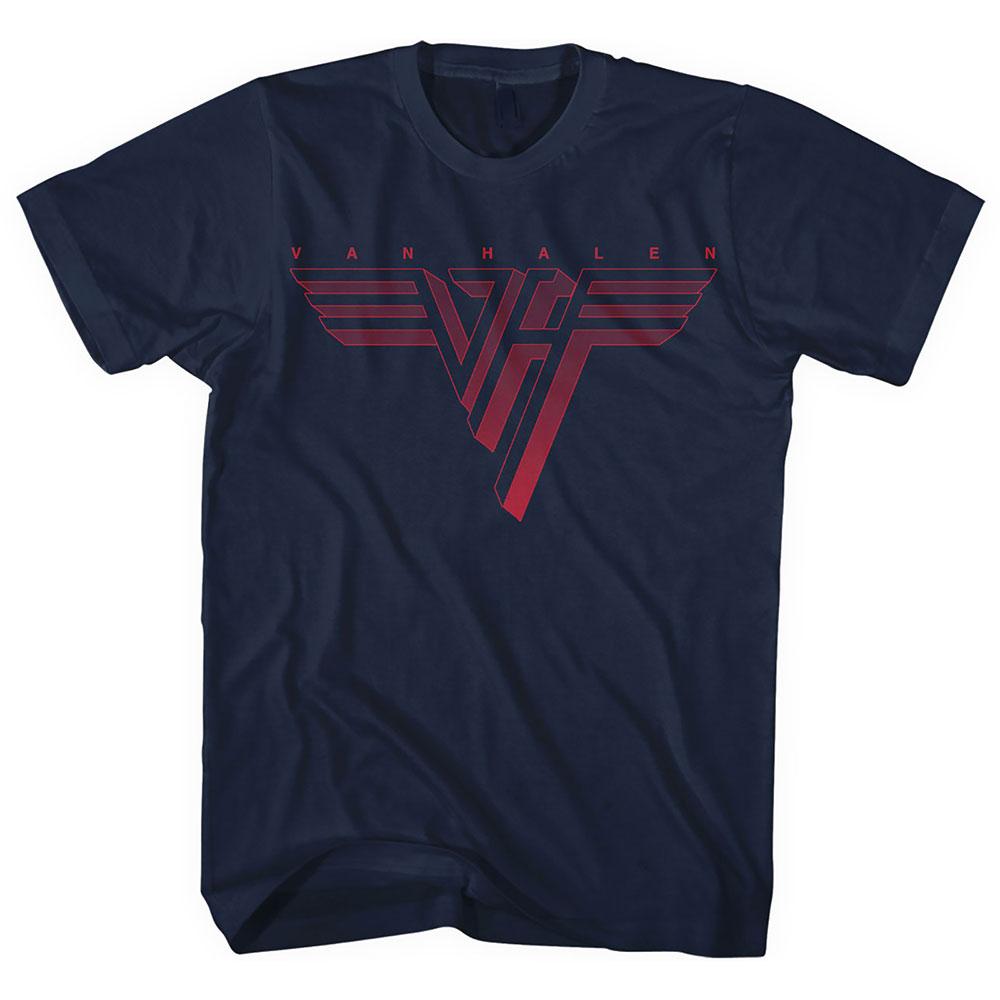
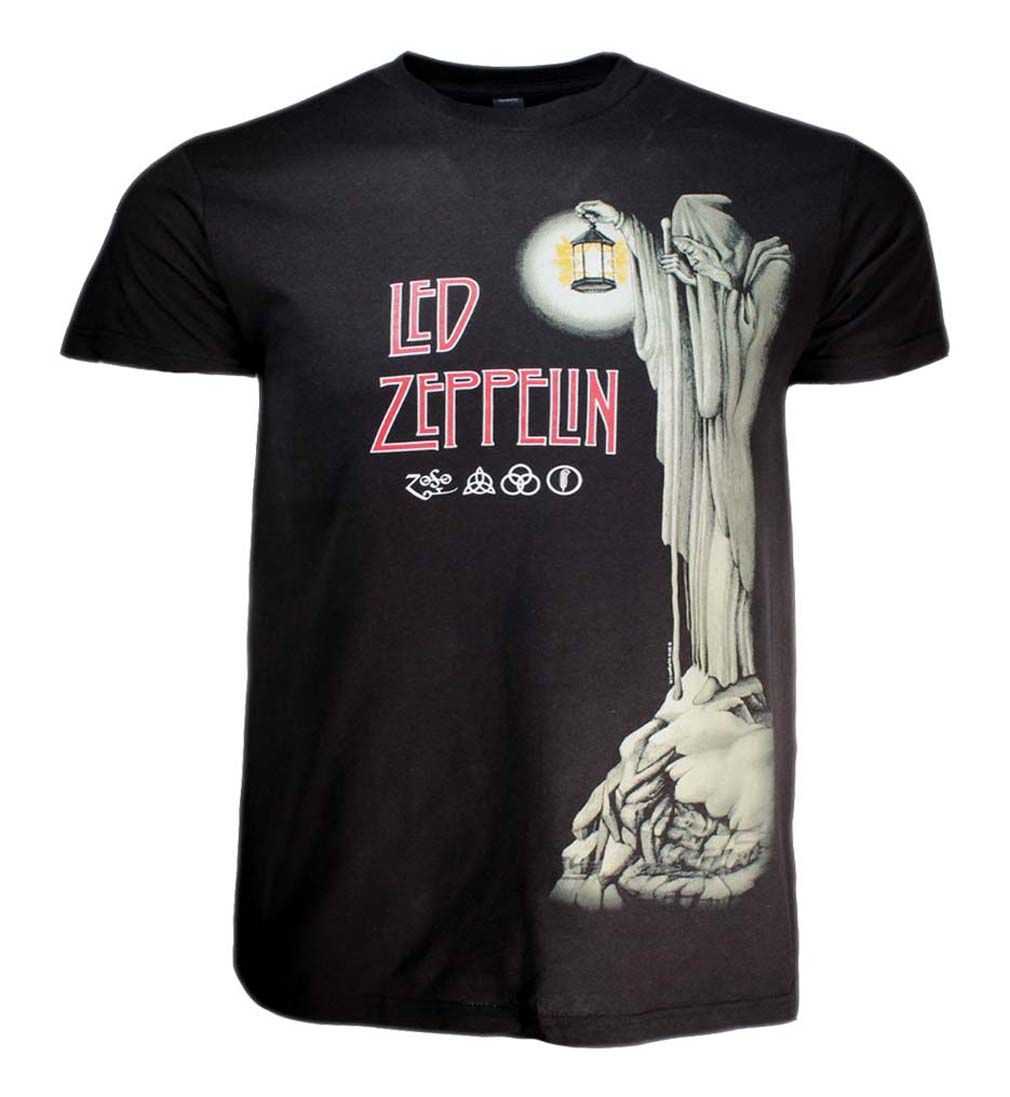
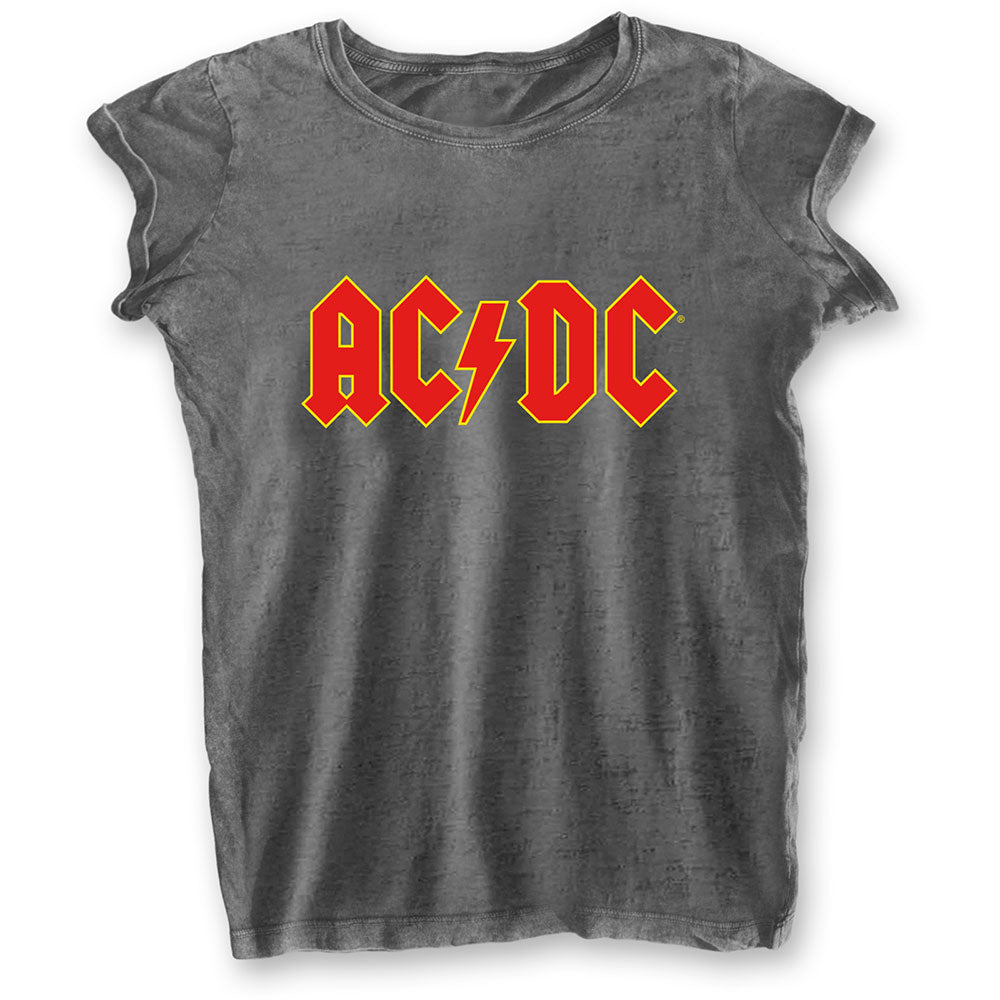
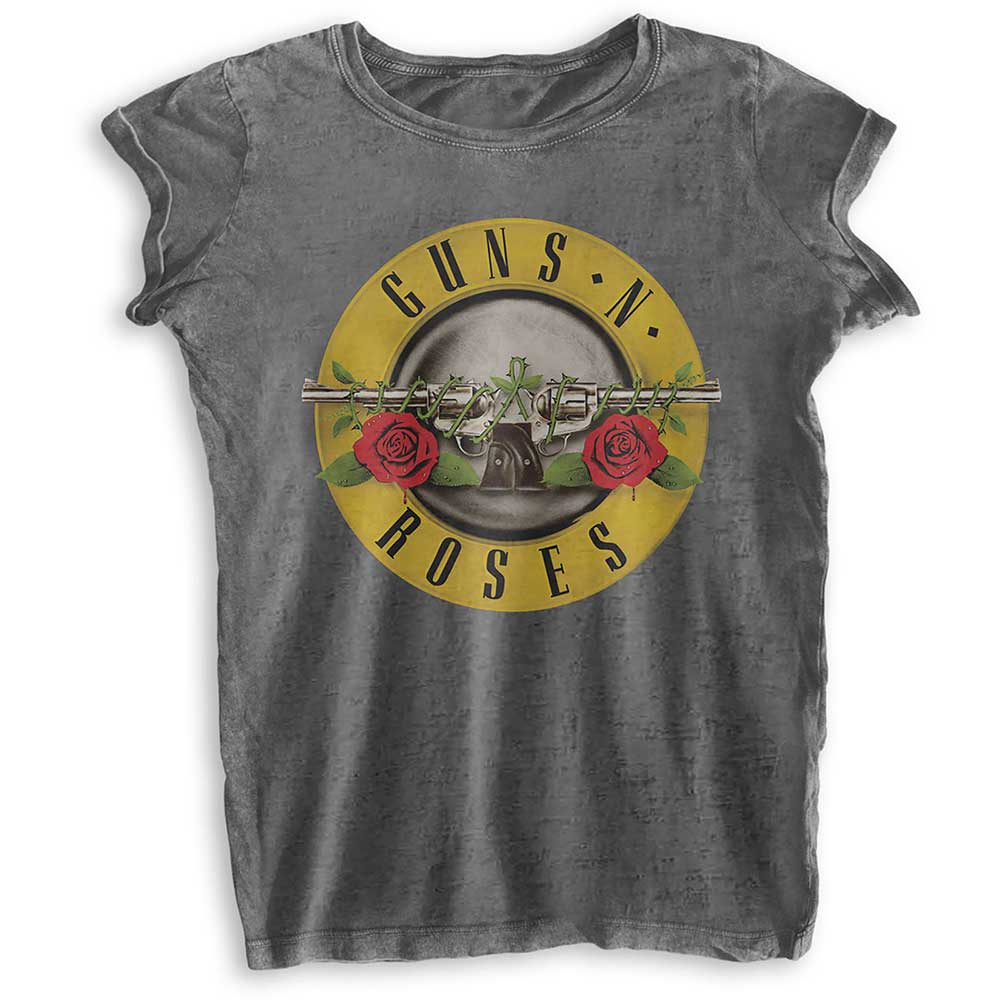
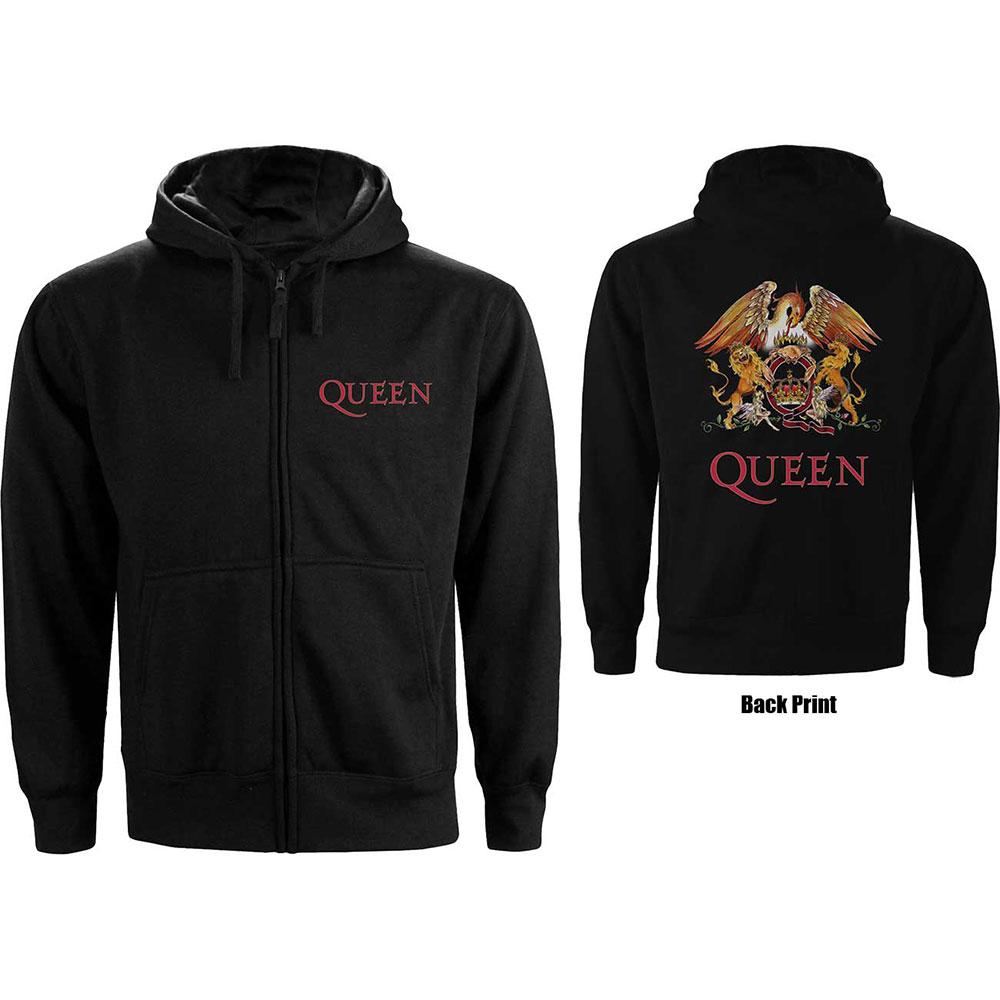
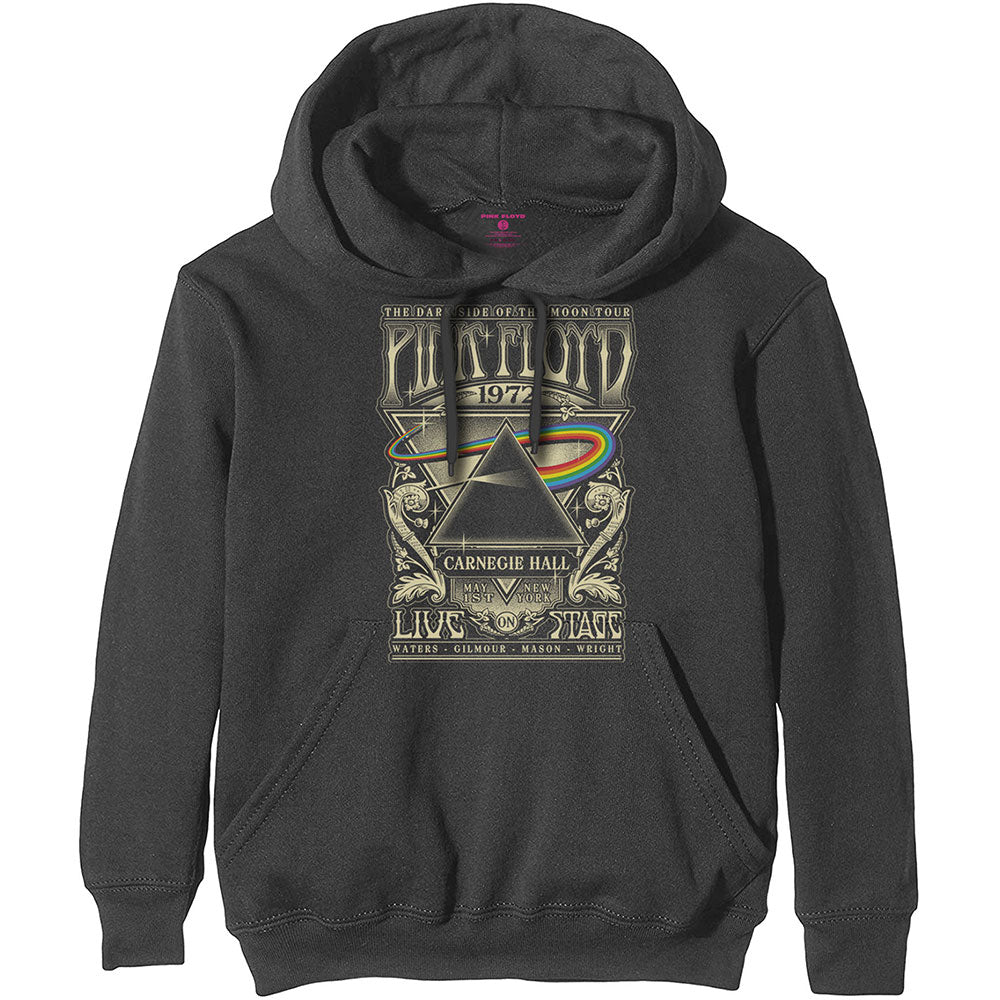

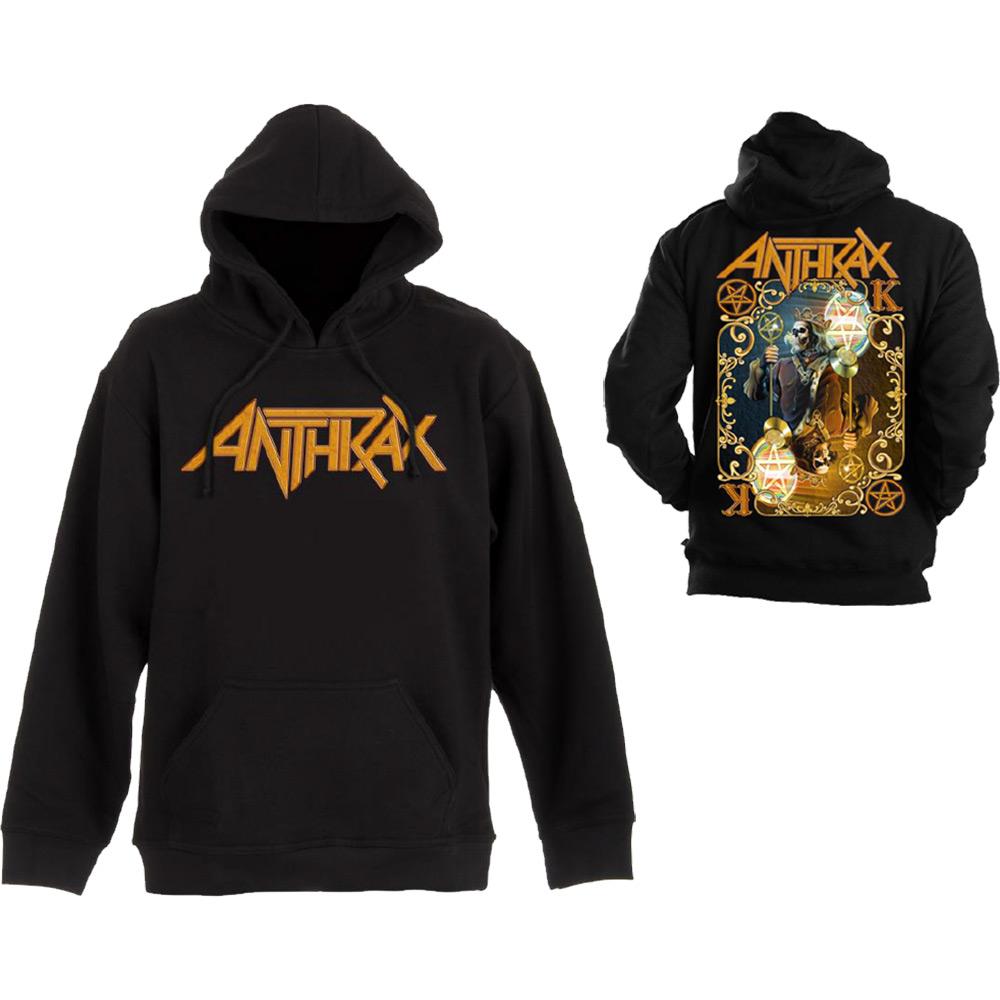
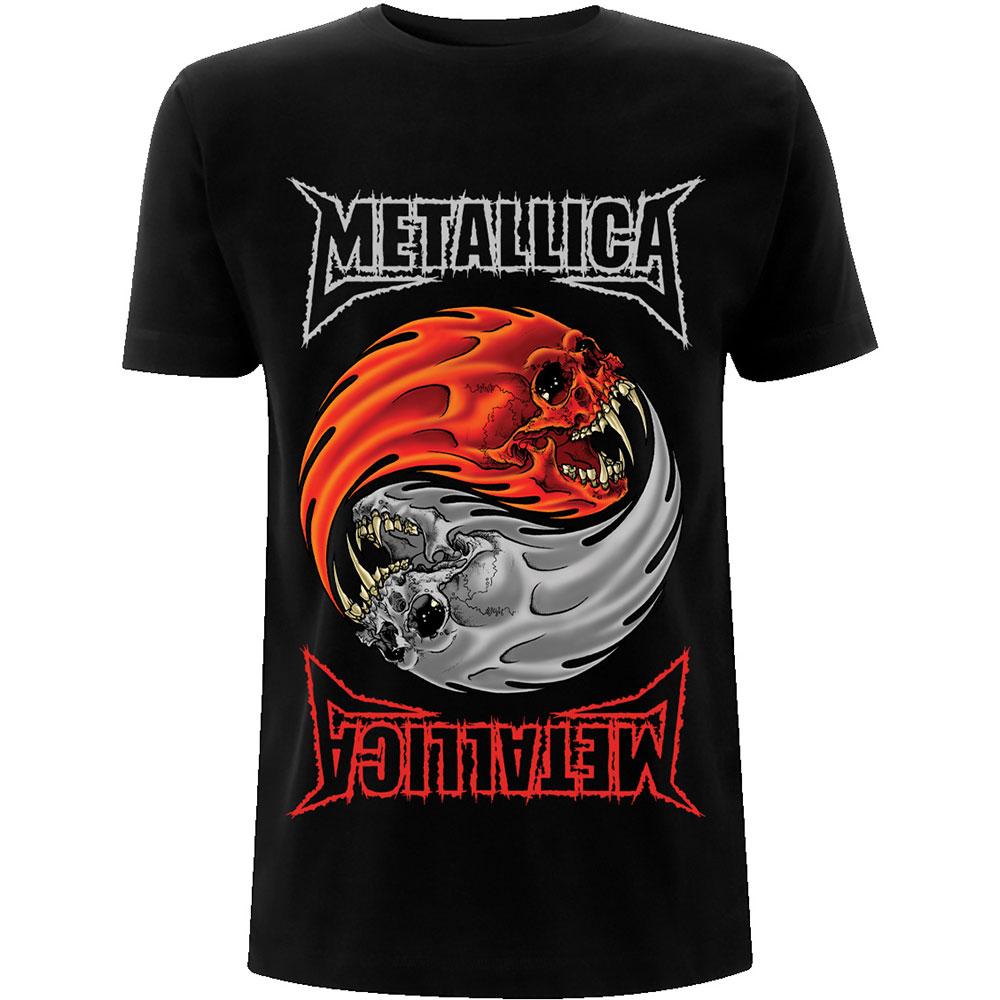
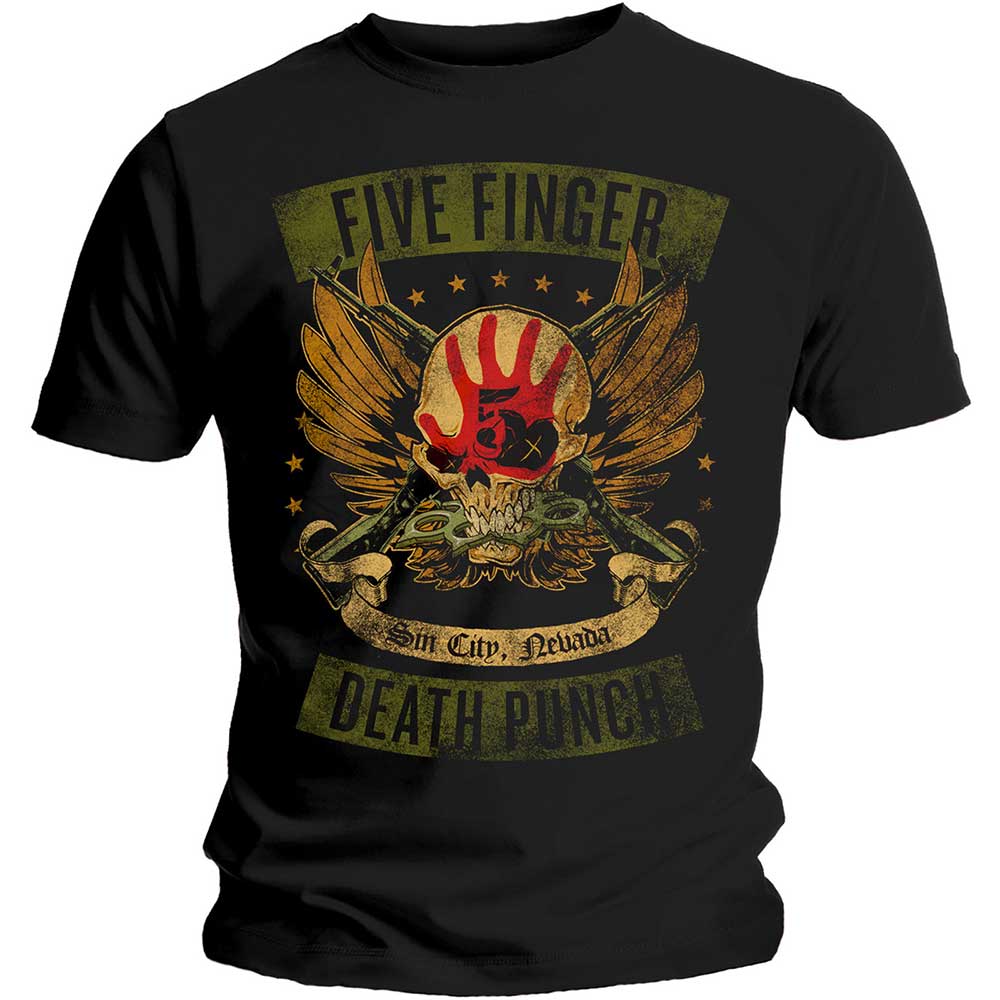
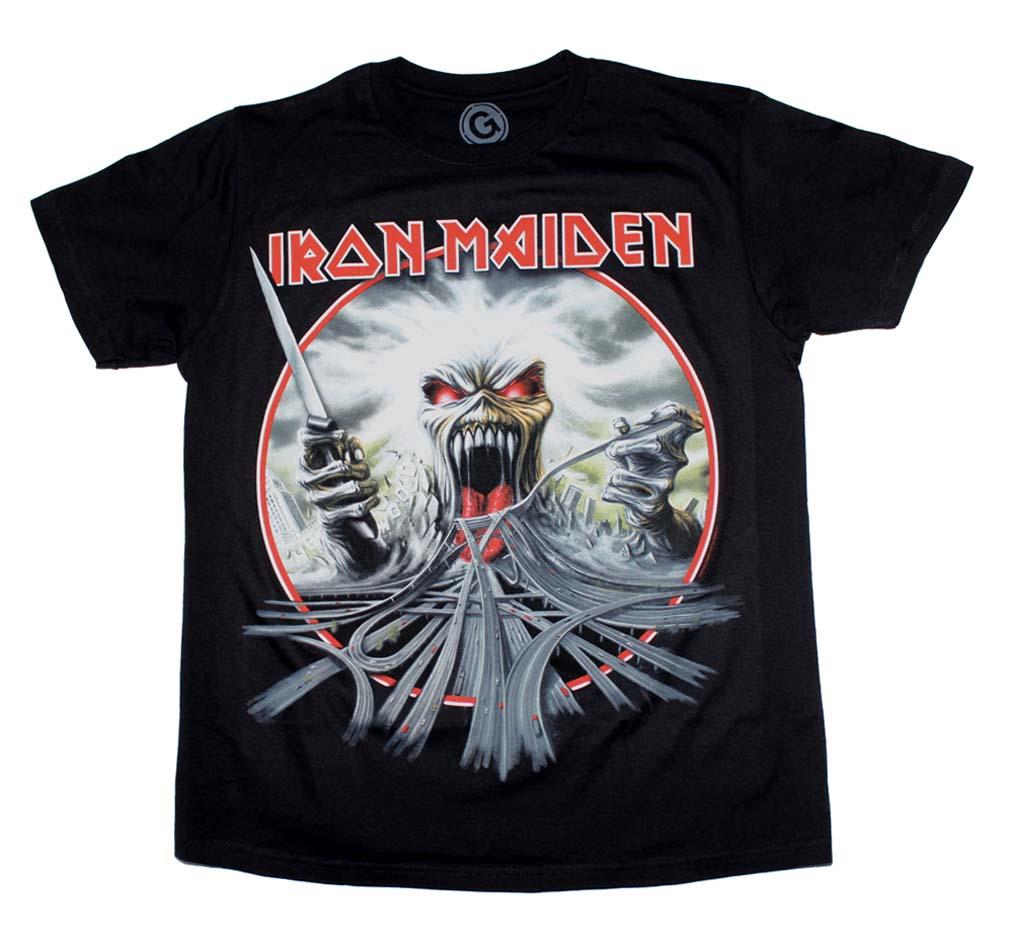
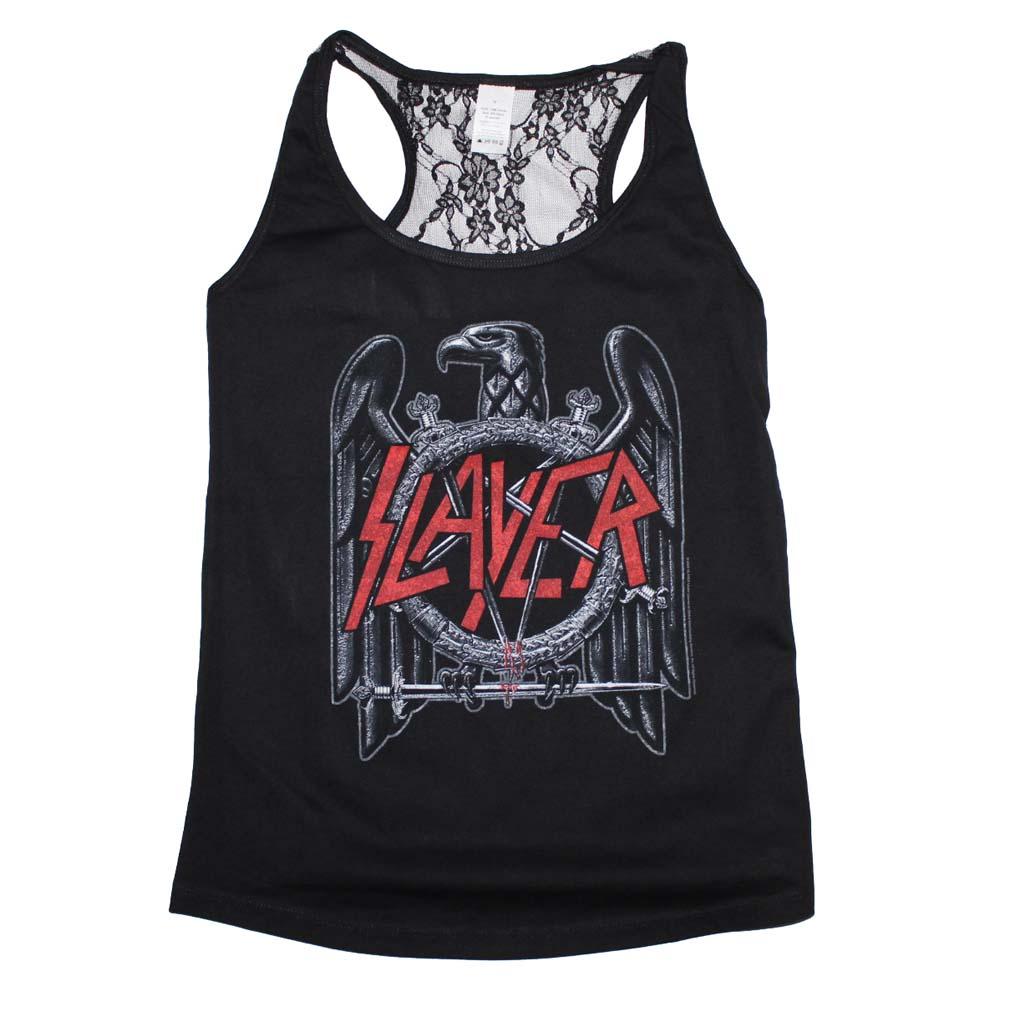

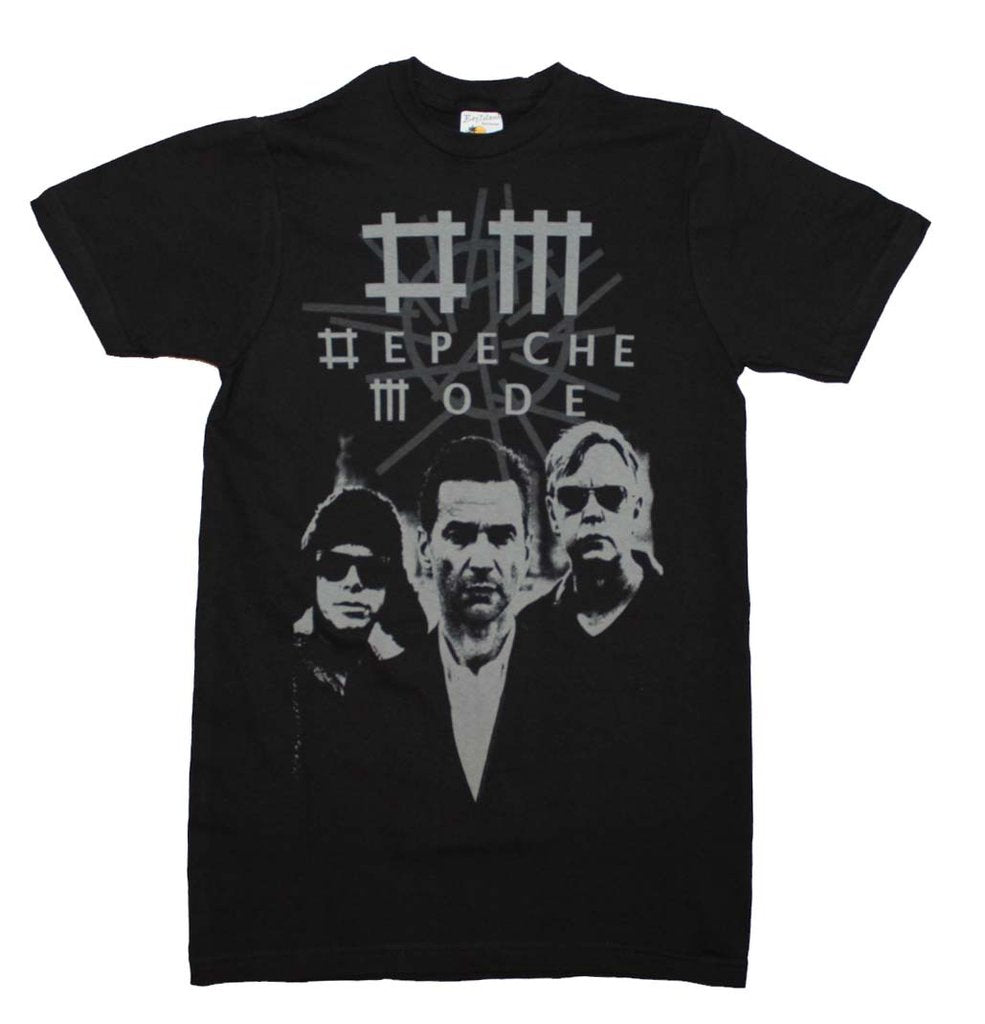

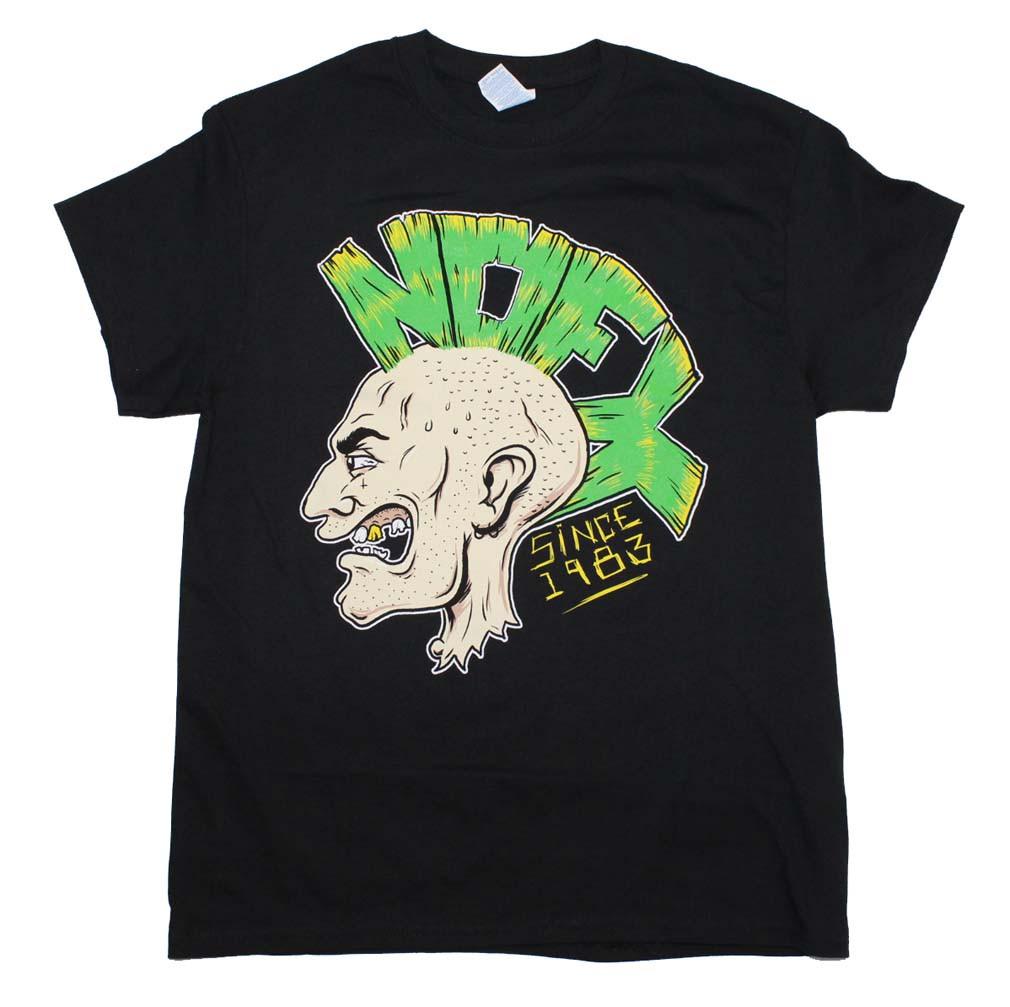
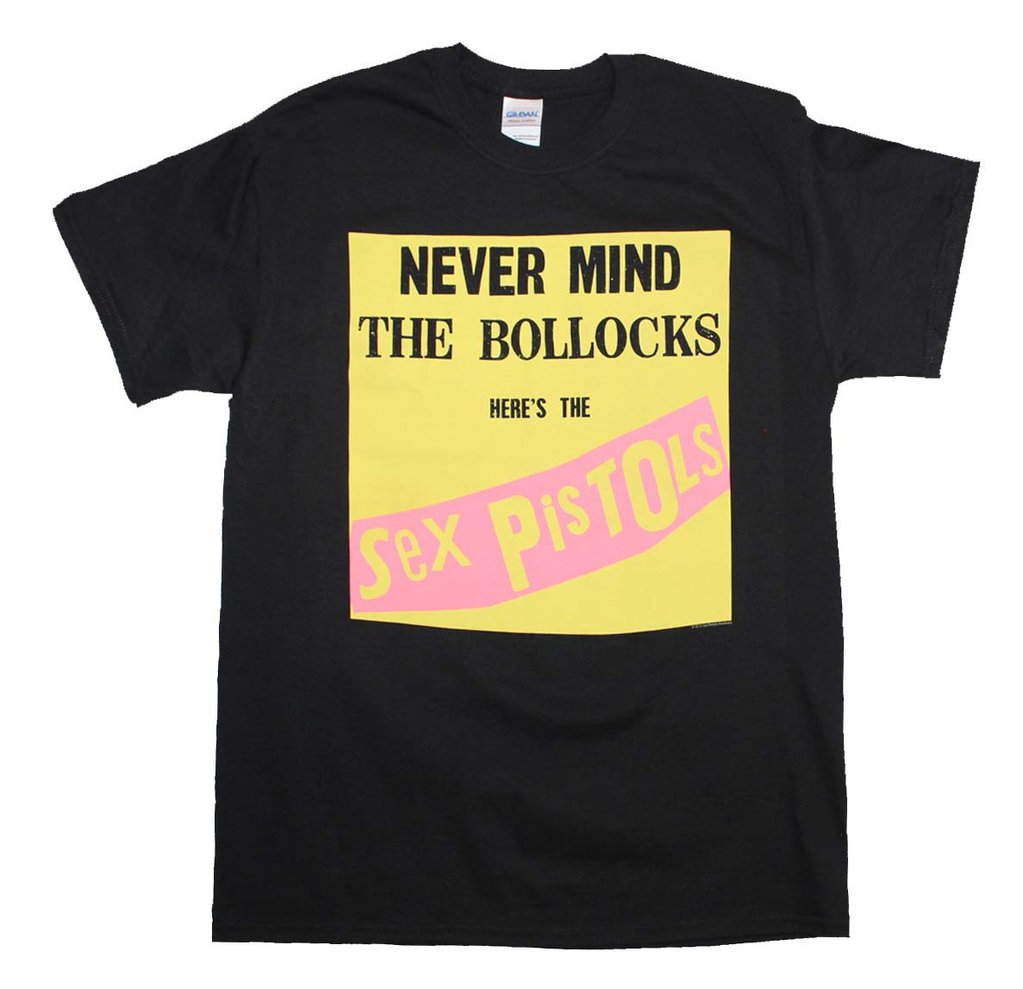
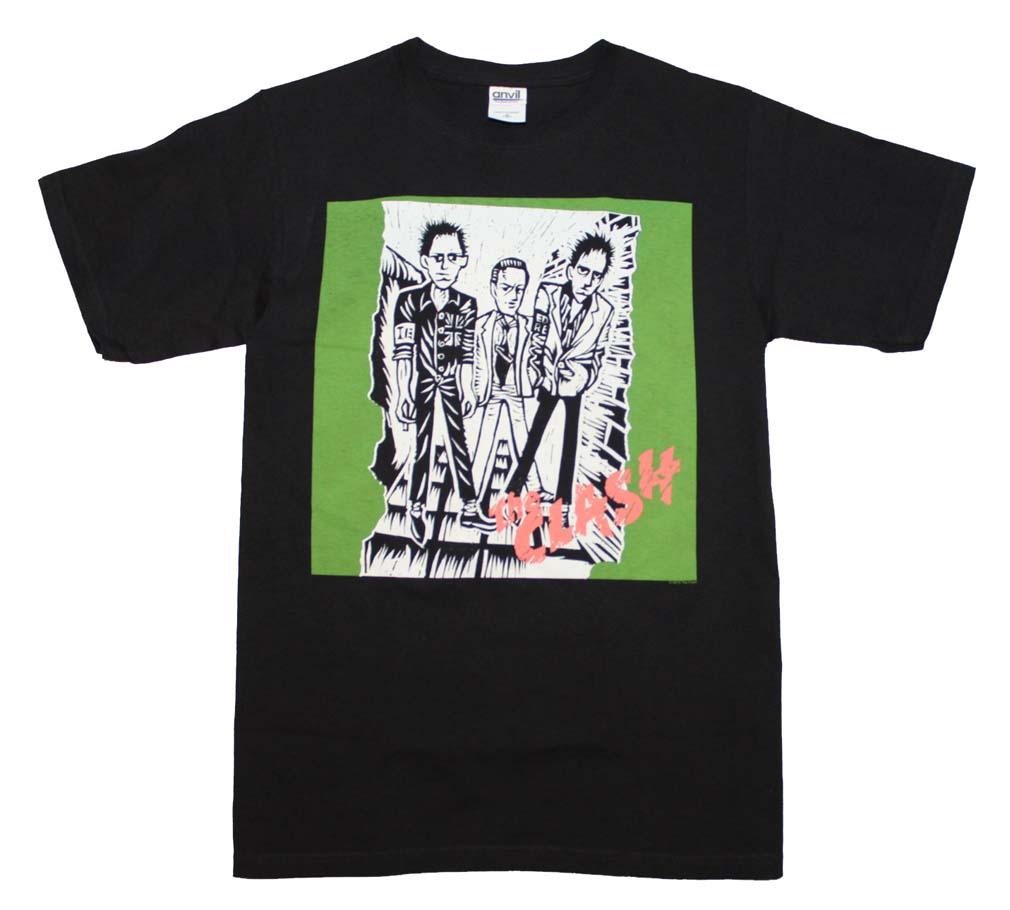
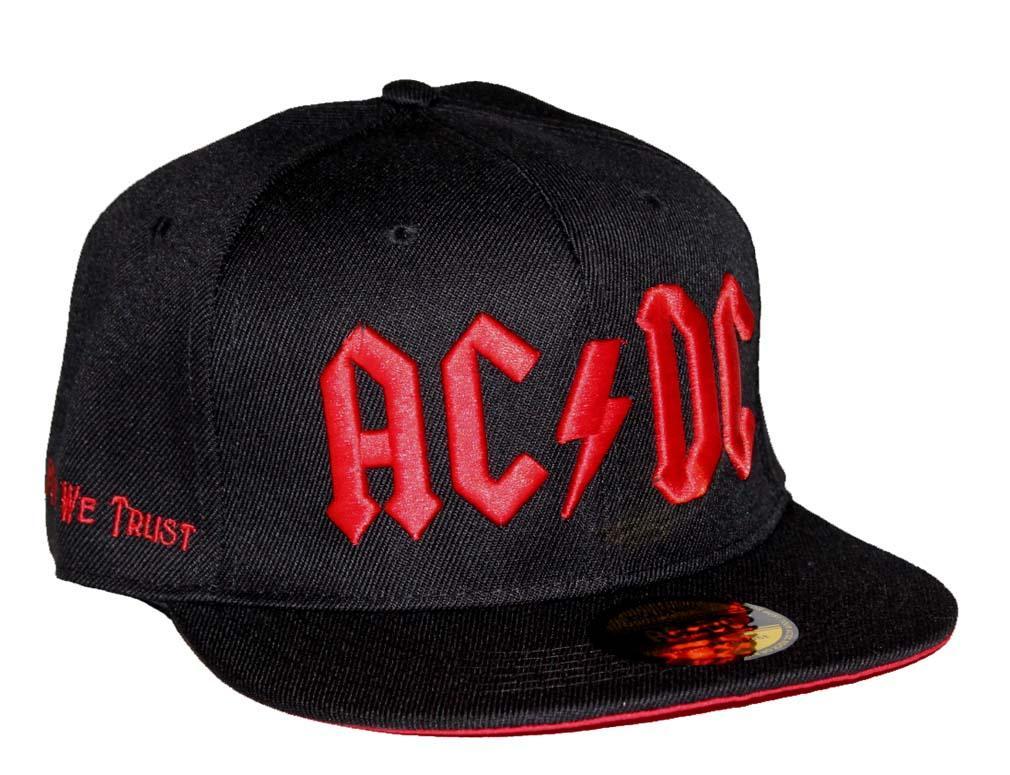
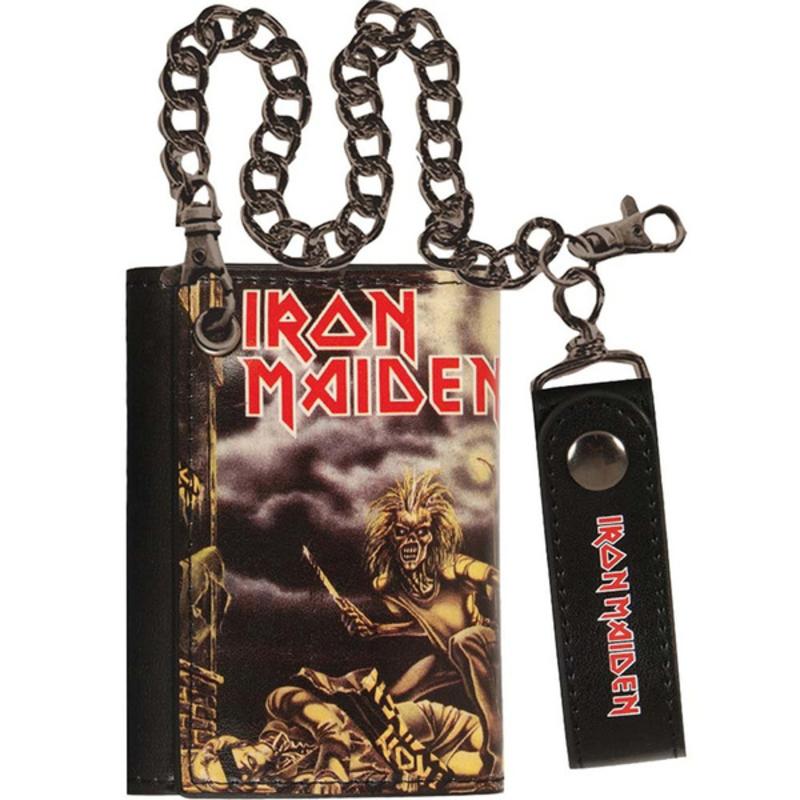
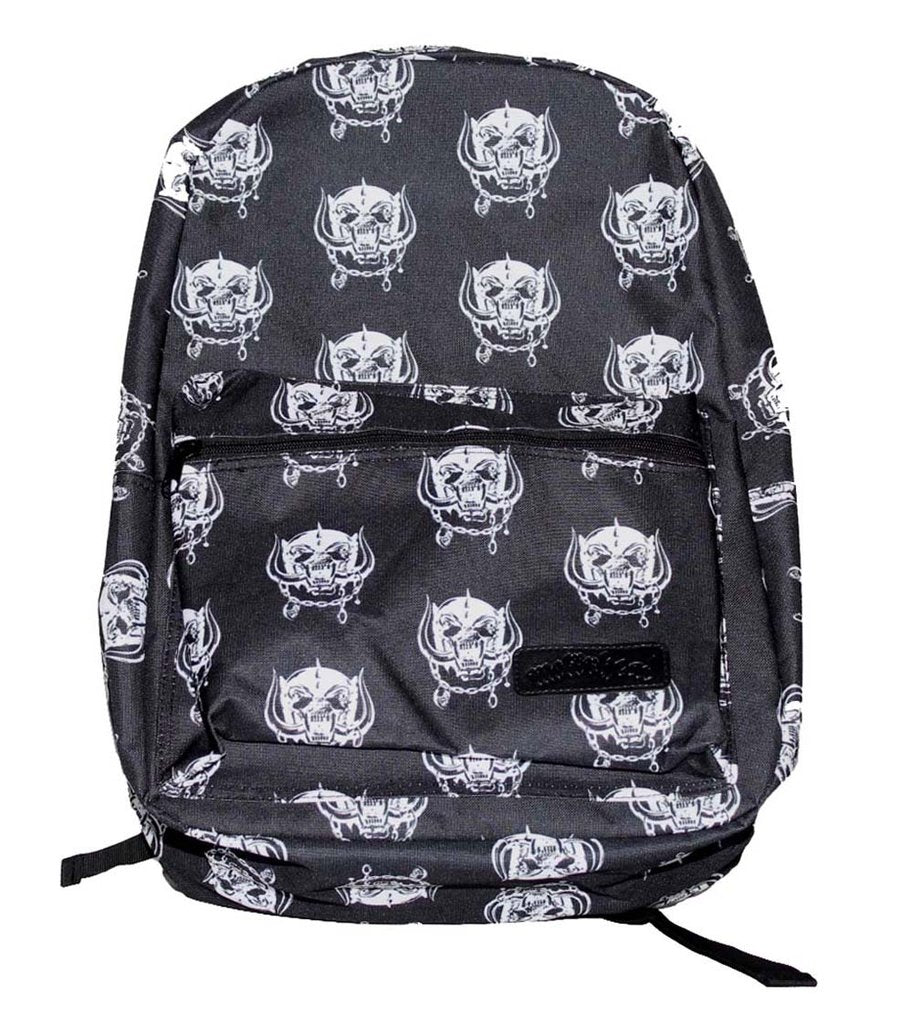
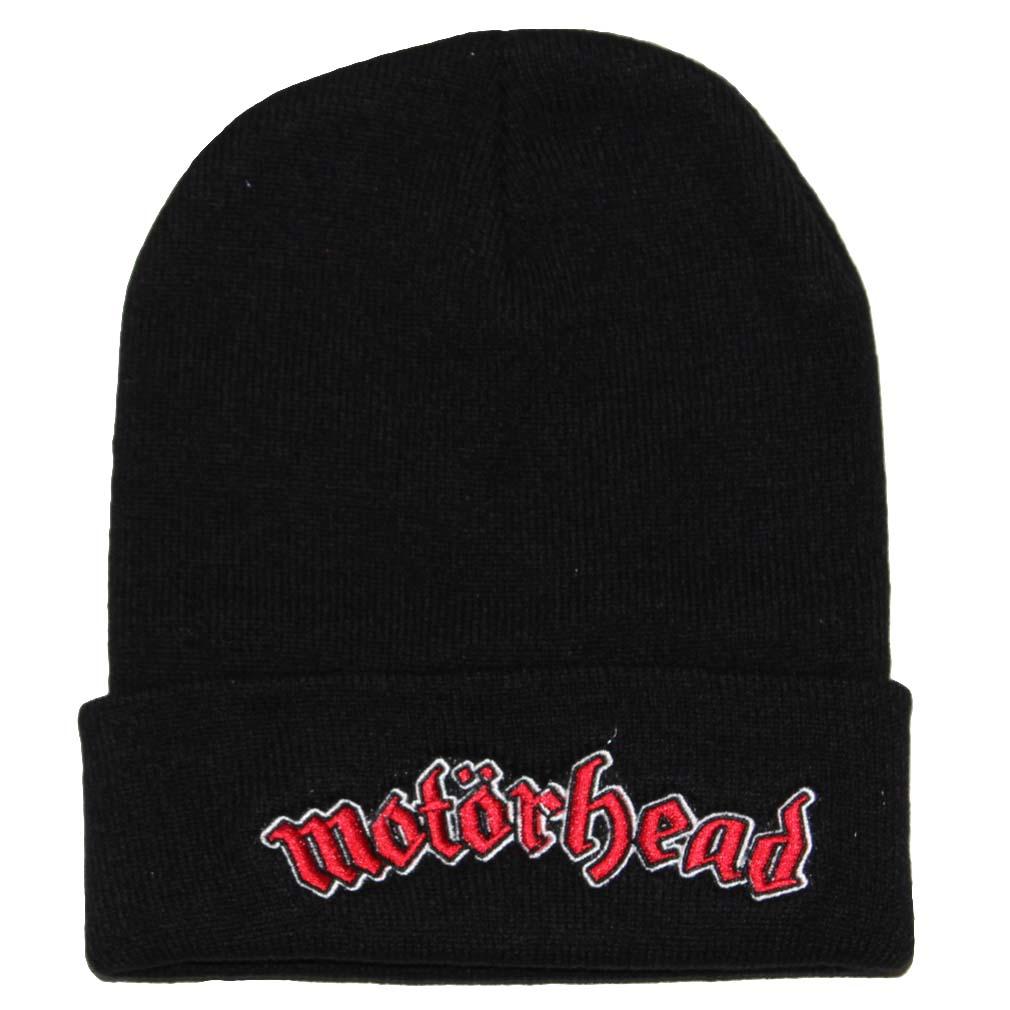
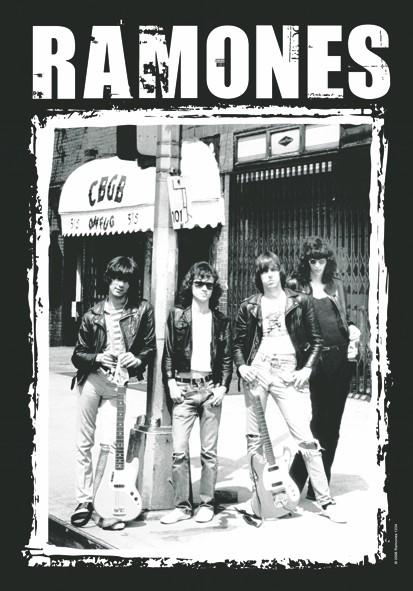
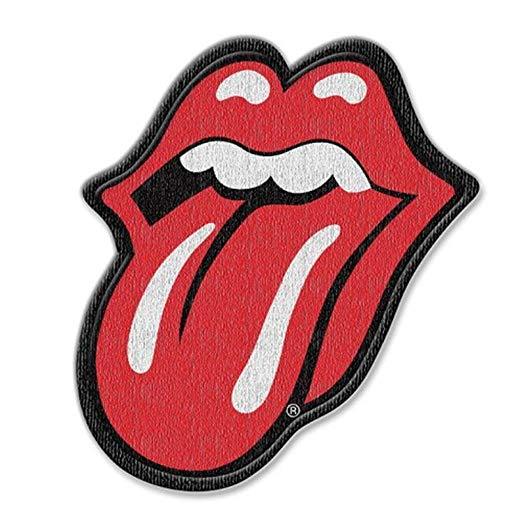

Comments
1 comment
scott
But what is the size of the market on an annual basis? I know that sports memorabilia is roughly 5.4 Billion annually.